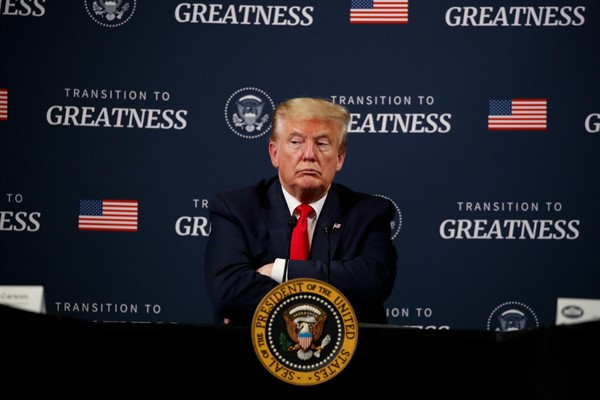Six months after the emergence of the novel coronavirus in Wuhan, China, and four months after it became a global outbreak, its political and economic fallout continue to take shape. As government policies adapt and evolve in real time to the changing features of the pandemic, so too do the geopolitical implications.
So far, three scenarios have been advanced with regard to COVID-19’s potential impact on the international order. They can be broadly characterized as a change at the top, in which a triumphant and capable China replaces the bungling U.S. as the world’s dominant power; a descent into multipolar chaos, in which neither an inwardly facing and incompetent America nor a thin-skinned and bullying China manages to fill the global leadership vacuum; and a restoration, in which a revitalized America successfully rallies its allies and partners to reassert its leadership of the post-pandemic recovery.
In a previous column at the beginning of April, I explained why the first scenario was unlikely—and developments since then have only backed up that view. Although China initially appeared well positioned to assume the role of global benefactor after its early eradication of the virus in Wuhan, it quickly botched that effort, and keeps making more unforced errors.

